Тест на тему "Children in Victorian times"
Children in Victorian times Test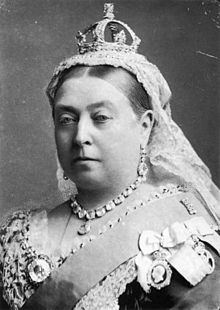
I Victorian times
Victoria was the Queen of …
France b) England c) Russia
Queen Victoria ruled for …
64 b) 65 c) 67
Her first language was …
French b) English c) German
She went to a Public School
Yes b) No
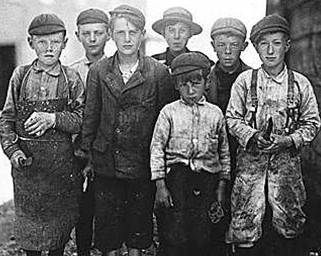
Her favourite hobby was …
riding a horse b) painting c) playing the
piano
She came to the throne when she was …
18 b) 16 c) 20
Why did Queen Victoria wear black?
She loved this colour b) She mourned her
husband’s death
Who was the first monarch to live in Buckingham Palace?
Queen Victoria b) Queen Elizabeth
What was the life like at the beginning of Queen Victoria’s reign?
British Empire was powerful b) there was no electricity, cars
Why was Queen Victoria so famous?
She ruled for a long time b) Britain became a huge Empire
II Schools in Victorian times 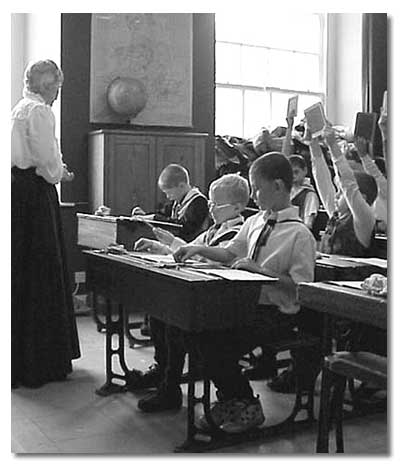
Which of these statements is true about girls in Victorian times?
1.Girls had fewer opportunities for learning than boys.
Girls had more opportunities for learning than boys.
Girls and boys had about the same opportunities for learning.
2. Which of the following had the best opportunity for learning at the start of the Victorian Age?
Girls
Boys
Adults
3.On what day of the week did some schools teach Christianity?
Monday
Wednesday
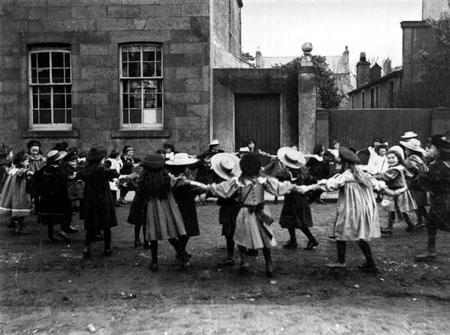
Sunday
What did a teacher show a class during an “object lesson”?
Videos
Picture cards
Things picked up in the woods
5.After 1880, what did every child aged 5 to 10 have to do?
Go to primary school
Work in a factory
Spend the summer on a farm
6.Who went to boarding schools in the 19th century?
Criminals
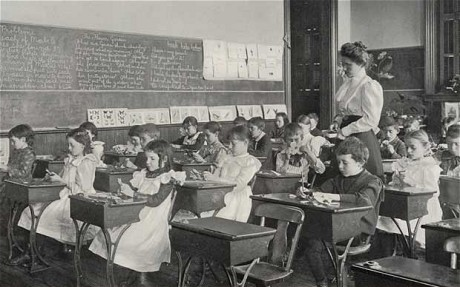
Rich boys
Rich girls
7. Why was slate used to be written on in Victorian schools?
It could be used once and then thrown away
It could be used many times and wiped clean
It helped children write more legibly
8. Which of these subjects would a girl not have studied at school?
Reading
Cooking
Woodwork
9. What did Victorian children use to help them with Maths?
Number lines
An abacus
A computer
10.What could a teacher sometimes use to beat children with?
A whip
A club
A cane
11.Which of these might a Dame school child have learned?
French
Geography
The Alphabet
Who went to school?
At the start of the 19th century very few children went to school. Most poor children worked. If they went to school, their families lost the money they earned.
There were some good schools for boys, for example, grammar schools and public schools. Only richer families could afford to pay the school fees, though some schools gave free places to poor boys. Poor girls did not go to school when the Victorian age began meaning they had little education. Girls from wealthy families would usually be taught at home by a governess. Sometimes, wealthy girls may have attended boarding schools too.
Dame schools
'Dame' schools were usually run by one woman. The 'dame' often did her best, but she was a child-minder not a trained teacher. Often quite poor herself, she took as many children as she could cram into her house. Poor parents working hard to earn a living paid her a few pennies a week to look after their children, and perhaps teach them the alphabet or how to sew. Most of the time, the children amused themselves and did not learn very much.
Ragged schools and Sunday schools.
Sunday schools were run by churches, to teach children about the Christian faith. Journalist Robert Raikes started the first Sunday School for poor children in Gloucester in 1780.
Ragged Schools were schools for poor children. One of the first was started in Portsmouth by a shoe-mender named John Pounds. Older children helped to teach younger ones. Ragged Schools were often in one room of a house, or in an old barn. From 1833 factory owners were supposed to provide at least 2 hours education every day for child-workers, but not many children actually got lessons.
Schools for all
Reformers campaigned for new laws to improve working conditions for children and give children the opportunity for schooling. In 1870 Parliament said there had to be a school in every town and village. 'School Boards' of local people built and ran the new schools. Families paid a few pennies a week to send their children, though not all children went to school. In the 1860s a farmer might pay 6 pence (6d) a week for each child. A labourer (who earned less) only paid 2d per child.
By 1880, the law said that all children aged 5 to 10 must go to primary school, so every child would receive at least a basic education.
What subjects did children learn?
Girls and boys learned together in primary schools, but were separated in secondary schools. Both boys and girls learned reading, writing, arithmetic, spelling and drill (PE).
Boys learned technology: woodwork, maths and technical drawing, to help with work in factories, workshops or the army when they grew up.
Girls had lessons in cooking and sewing, to prepare them for housework and motherhood.
Children were often taught by copying and repeating what the teacher told them. Lessons included teaching in right and wrong, and the Christian religion.
How were children punished?
Discipline in schools was often strict. Children were beaten for even minor wrongdoings, with a cane, on the hand or bottom. A teacher could also punish a child by making them stand in the corner wearing a 'dunce's cap'. Another, very boring, punishment was writing 'lines'. This meant writing out the same sentence (such as 'Schooldays are the happiest days of my life' 100 times or more.
Rich boys and schools for girls
Boys from rich families were sent away to boarding school. Some 'public schools', like Eton and Harrow, set high standards.
Other schools were awful places, run to make profits for the owners. Boys in these bad schools were half-starved, ill-treated, and taught very little.
Girls sent away to be trained as governesses were not much better off, as you can learn from reading Jane Eyre by Charlotte Bronte.
Girls and young boys were taught at home by a male tutor or a female governess. The first good girls' schools were started in Victorian times, such as the North London Collegiate School (1850).

Нравится материал? Поддержи автора!
Ещё документы из категории английский язык:
Чтобы скачать документ, порекомендуйте, пожалуйста, его своим друзьям в любой соц. сети.
После чего кнопка «СКАЧАТЬ» станет доступной!
Кнопочки находятся чуть ниже. Спасибо!
Кнопки:
Скачать документ